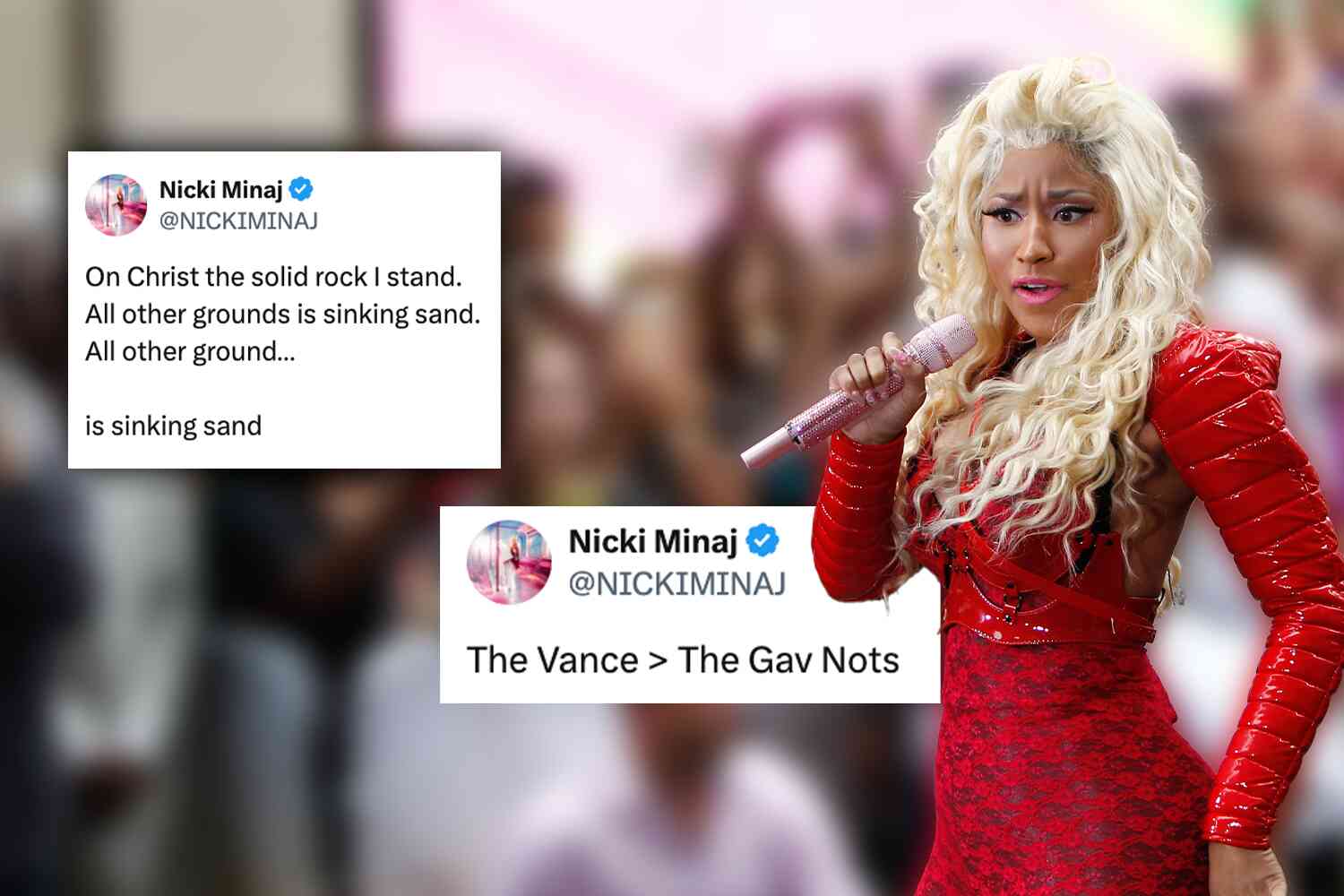Tavern-style Pizza was SO August.
A lot has changed in the past 30 days. Former President Trump was indicted, President Biden's mental condition deteriorated, and a man set a new record beating everyone else in a women's athletic competition.
Okay, so not a lot has changed. The tavern pizza craze was a creation of the media, likely the result of some newly minted Columbia School of Journalism major having one too many beers, loudly pronouncing the tavern pizza he had at the bar to be the best pizza ever shortly before throwing up on the banker next to him, and when people cheered, he thought it was because of the pizza.
So, who is the real king of pizza?
Fuhgetaboutit.
The Washington Post (of all news organizations) appears to try set the record straight, or at least straightish, given the difficulties in the task. For example, as reporters/pizza researchers Andrew Van Dam and Dylan Moriarty point out, just because someone in Kansas calls something a "New York pizza" doesn't mean it would necessarily be recognizable as a New York pizza to anyone east of the Mississippi.
The basic parameters they set up at the beginning are also going to influence the results, such as their decision to exclude large chain restaurants from the analysis.
Still, they give it an impressive try.
They reviewed 7.5 million Yelp reviews from tens of thousands of independent and small-chain pizzerias. Consulting with Yelp employees, they carefully parsed the review text to eliminate false positives and make other adjustments as necessary.
Had the reporters who covered the Trump-Russia collusion hoax, the Hunter Biden laptop, or the Afghanistan war, put a tenth of this effort into their own reporting they could have saved themselves a lot of shame and embarrassment.
Assuming they were capable of such emotions.
The result?
New York's the top pizza style in 42 states and the District of Columbia. It's about three times as popular as Neapolitan and its wood-fired and brick-oven relatives, which have now overtaken Chicago's double-crusted deep-dish pizza to become America's Second Pizza.
Where does that leave tavern-style pizza?
With a tenuous grip on the top 10, just hanging on by the skin of its pepperoni, just above grandma pizza, which I had to look up, and which is surprising given I'm from New York.
There was a companion piece of sorts, published the day before that allows you to pick a state, choose a pizza style, and get a rundown of the "best" places to get that pizza. When I checked DC, which I had been reliably informed had also been swept up on the tavern-style pizza craze that never really existed, it wasn't even a choice.
It was a choice in Illinois, but of course it was, as that was its birthplace.
Tavern style wasn't a choice in Virginia, either, although interestingly the pizza place that was recommended by a local magazine as having excellent tavern-style pizza was chosen for its Detroit pizza.
Aside from putting the tavern pizza takeover myth to rest, what else can this article tell us?
Well, it appears we finally have a possible explanation as to why some people like pineapple on their pizza.
But back to pineapple: Its popularity in Idaho and its Northwestern neighbors may be just one manifestation of America's hidden pizza divide, a mysterious gap that began to emerge when we looked at the most common non-pizzeria restaurant types in each state that feel the need to include pizza on their menus. In most of the Pineapple Belt — Northern states outside the Northeast, from Michigan to Oregon, and including Hawaii — you're most likely to get your non-pizzeria pizza at a bar. In the rest of the country, you're probably getting it at an Italian restaurant.
Folks in the Pineapple Belt seem to regard pizza not as Italian food but as pub fare. They're way more likely in reviews to mention "beer" or "burger" than "slice" or "garlic knot," fixtures in East Coast pizzerias.
There you have it, people who like pineapple pizza are in bars and drunk.

The slicing and dicing, if you'll pardon the pun, they did with the data ended up revealing some surprising and not-so-surprising results.
Alaskans are most likely to mention "beer" in a pizza review.
If I lived in Alaska, I'd drink a lot, too.
Just kidding!
No, actually I'm not.
Texans are tops for "wine"...
Did not see that coming.
...(followed by D.C. and California),...
Did see that one, though.
...and Ohio leads the nation in "pepperoni."
Can't say I had a strong opinion on this one, so sure, why not?
New Mexico rules "ranch" — we read the reviews, and they're talking about the dressing and not cowpokes — ...
I personally don't think salad dressing should be anywhere near a pizza, however that said, I've had pizza in Japan where mayonnaise is a popular topping and I have to say it was surprisingly good, so no judgment.
...while Nebraska and South Dakota are tops for eating pizza "with a fork."
Really? A fork?
Stop doing that right now. Don't hesitate, drop the fork and eat a pizza like a civilized human being.
With your bare hands.
D.C. leads in "anchovies."
That's just weird. I say that as someone who does not mind the occasional anchovy, but why DC? Is it something about politics that attracts anchovy lovers from around the country? I mean, politicians are slimy...
Another companion piece was one delving into quirky regional pizzas from around the country.
One that caught my eye was "Altoona Hotel Pizza."
Named for the Pennsylvania establishment where it originated sometime in the 1960s or '70s, the Altoona Hotel Pizza, sometimes just called Altoona-style, isn't likely to win any beauty prizes. The base, a thick Sicilian-esque crust, is topped with tomato sauce, salami and green bell peppers — and the whole shebang is shingled with slices of yellow American cheese, which is not the most photogenic finish.
My wife is, broadly speaking, from that area, so I asked her if she was familiar with it. Turns out, she ate at the Altoona Hotel where it was invented (since burned down in 2013) and while she did not get the Altoona pizza, she did attest to the thick crust they used for all their pizzas.
Incidentally, if you know anything about Altoona, that is definitely the most Altoony pizza I could have imagined.
There were some other interesting entries, such as the Old Forge white pizza found outside Scranton, Pennsylvania.
The town's white pizza is even less conventional: It has an upper and lower crust that's stuffed with plenty of cheese and the toppings of your choice — but no sauce at all.
That's basically a grilled cheese sandwich, but okay, hats off to Pennsylvanian's creative takes on dough and cheese, two of my favorite food groups.
It was like it was pizza weekend at The Washington Post or something, because they had yet another article, published a couple days earlier, written in the local navel-gazing, woe-is-us but hey-look-at-us style.
Around here, pizza is very, very divisive.
Wow, that's twice as divisive as just very divisive.
Our city — littered with New York and Midwestern transplants who have strong opinions on what makes a respectable pie — has never gained a reputation as a great pizza town. While other cities get entire styles named in their honor, we get the crumbs.
Oh, yes, we are so special here what with our different styles of pizza or something.
In any case, what followed was a list of potential advertising targets, I mean, reader-chosen pizza places. I had been to about a third of these. They are good, but no better, and in many cases, not as good, as other places I've been to that are not on this list.
So, pretty much like every other list like this in the world.
Except for my Pop-Tart rankings. Those you can take to the bank.
There you have it, the not-at-all definitive nor remotely final word on pizza.
May we be so fortunate to argue about it forever.
P.S. Now check out our latest video 👇









